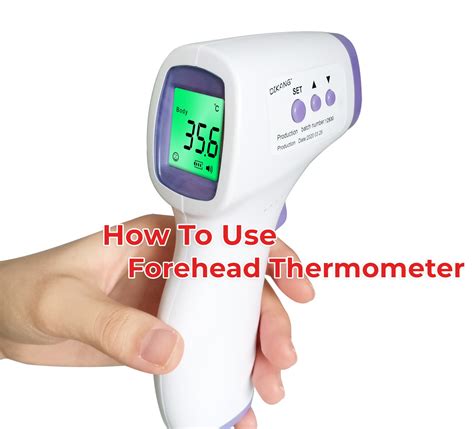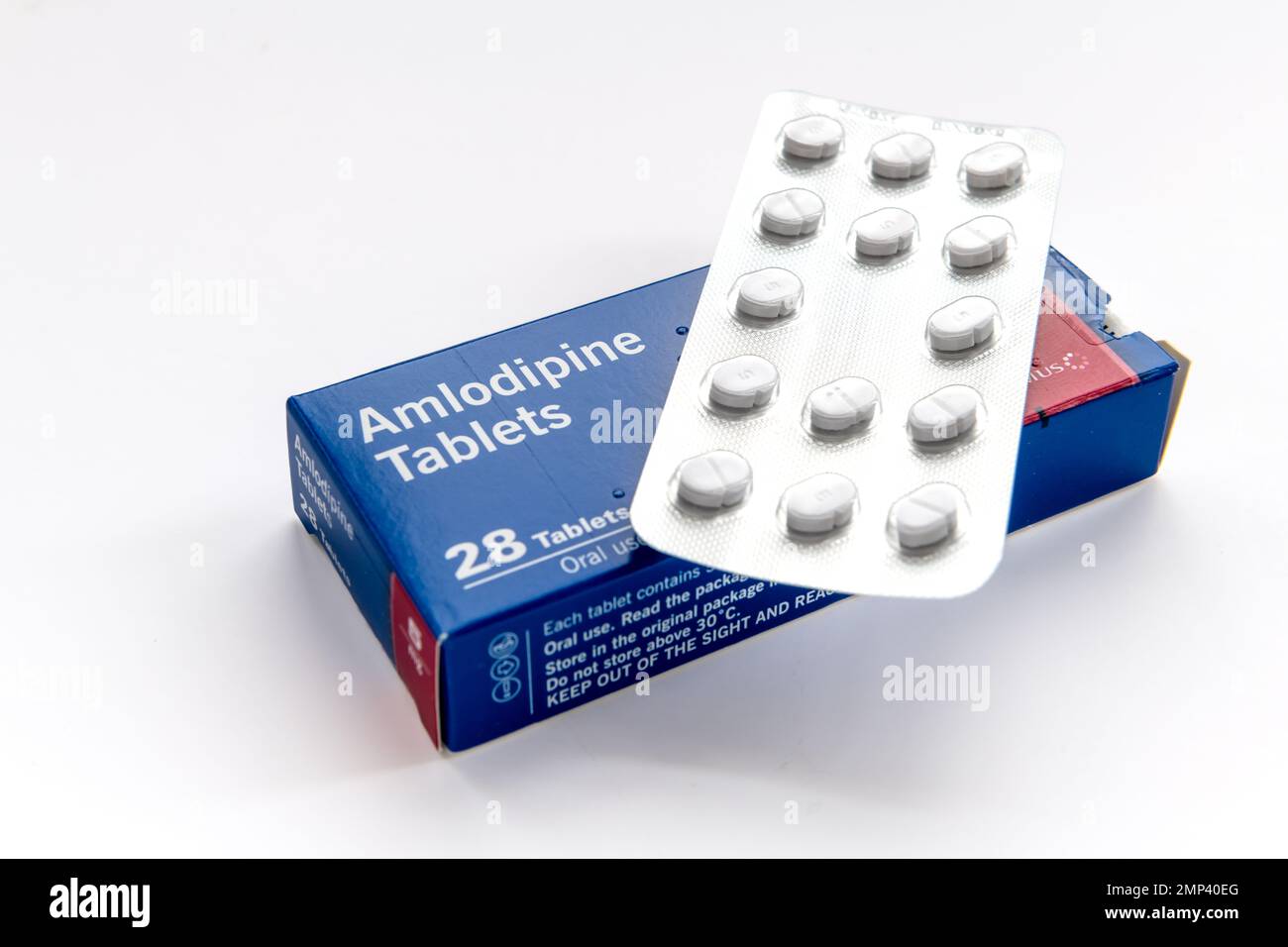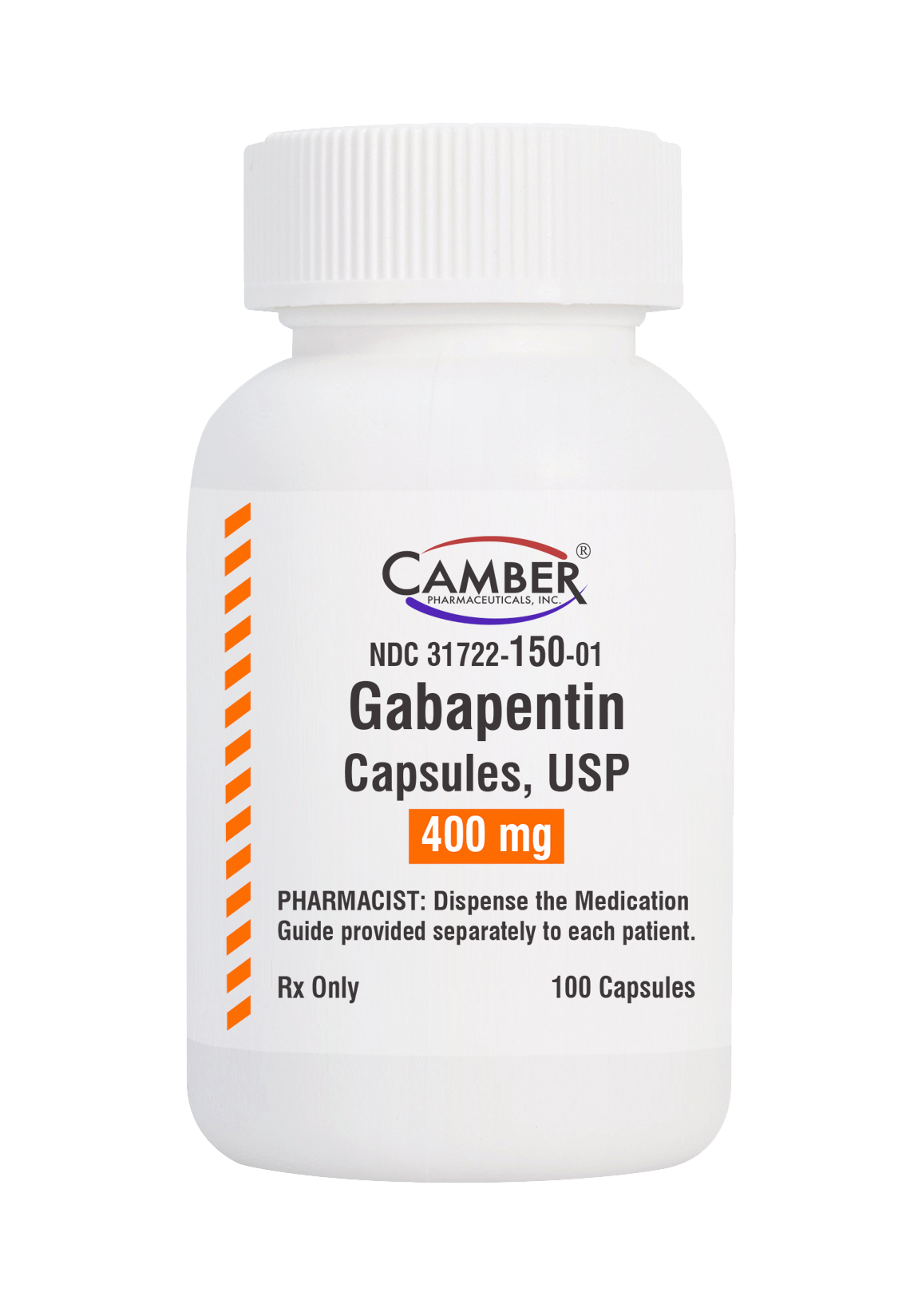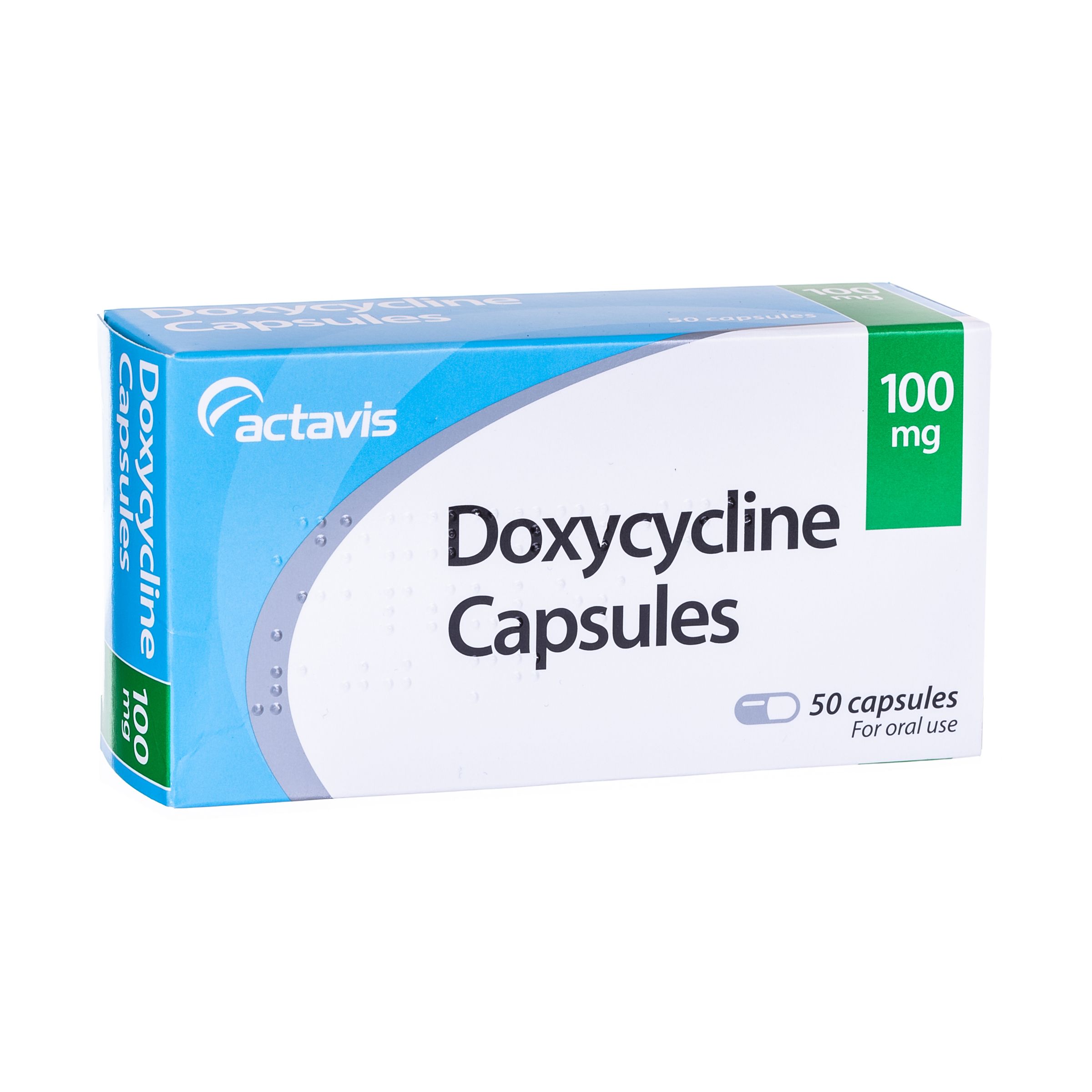When it comes to taking temperature readings, accuracy is crucial, especially in medical and healthcare settings. Forehead thermometers, also known as infrared or non-contact thermometers, have become increasingly popular due to their ease of use, speed, and minimal invasiveness. However, to ensure accurate readings, it’s essential to use these devices correctly. Here are 10 forehead thermometer tips for accurate readings:
1. Choose the Right Device
Not all forehead thermometers are created equal. Look for a device that has good reviews, is accurate according to the manufacturer’s specifications, and is suitable for your needs (e.g., for adults, children, or both). Ensure it’s FDA-cleared or approved by a similar regulatory body in your country.
2. Read the Manual
Before using a forehead thermometer, read the user manual. Understanding how the device works and the specific operating instructions can significantly affect the accuracy of the readings. Each model may have slightly different procedures.
3. Prepare the Skin
For accurate readings, the forehead should be free of sweat and not too hot or cold. If the person has been outside on a very cold or hot day, wait a few minutes until their body temperature stabilizes. Remove any hair that might interfere with the reading, and ensure the area is clean and dry.
4. Position Correctly
The positioning of the thermometer is critical. The device should be held at the correct distance from the forehead, usually a couple of inches, and directly in the center. This helps in getting an accurate temperature reading. Some devices come with guides or lights to help position them correctly.
5. Avoid Environmental Interference
Environmental factors such as direct sunlight, radiant heaters, or drafts can interfere with the reading. Take the temperature in a room with a stable and moderate temperature.
6. Multiple Readings
For the most accurate temperature, take multiple readings. This is especially important when using a new device or if you’re unsure about the accuracy. Taking the average of several readings can provide a more accurate temperature.
7. Calibration
Some forehead thermometers may need calibration. Check the manufacturer’s instructions to see if this is necessary and how it’s done. Calibration ensures that the device provides accurate readings.
8. Battery Check
Ensure the thermometer has sufficient battery power. Low batteries can lead to inaccurate readings. Replace the batteries as recommended by the manufacturer, or if you notice the device’s performance is not as expected.
9. Clean the Device
Regularly clean the thermometer according to the manufacturer’s instructions. This prevents the buildup of bacteria or other contaminants that could potentially affect the accuracy of the readings.
10. Comparison with Other Methods
If possible, especially in critical situations, compare the temperature reading from the forehead thermometer with readings from other types of thermometers (oral, axillary, or rectal) to ensure accuracy. Keep in mind that different methods may yield slightly different temperature readings due to the body’s natural temperature gradients.
Key Considerations for Accuracy:
- Variations Among Individuals: There can be variations in normal body temperature among individuals. What’s normal for one person might not be the same for another.
- Temporal Artery Thermometers: Some forehead thermometers are specifically designed to measure the temperature of the temporal artery, which runs close to the skin’s surface. These can be highly accurate but require proper positioning.
Steps to Follow for Best Results:
- Ensure Proper Hygiene: Wash your hands before and after using the thermometer.
- Read the Display Carefully: Make sure you understand what the display is showing. Some thermometers may display the last reading taken or have a memory function.
- Store Correctly: After use, store the thermometer in a protective case and out of reach of children to prevent damage or misuse.
Pros and Cons of Forehead Thermometers:
Pros: - Quick and easy to use. - Minimal invasion, reducing the risk of infection. - Suitable for all ages.
Cons: - May not be as accurate as other methods if not used correctly. - Environmental factors can affect readings. - More expensive than traditional thermometers.
<div class="faq-container">
<div class="faq-item">
<div class="faq-question">
<h3>How accurate are forehead thermometers compared to other types of thermometers?</h3>
<span class="faq-toggle">+</span>
</div>
<div class="faq-answer">
<p>Forehead thermometers can be very accurate, with some models boasting an accuracy of ±0.2°C (±0.4°F). However, their accuracy can be affected by user error, environmental factors, and the quality of the device itself. They are generally less invasive and quicker than oral or rectal thermometers but may not be as accurate as these methods under all conditions.</p>
</div>
</div>
<div class="faq-item">
<div class="faq-question">
<h3>Can forehead thermometers be used on newborns or very young children?</h3>
<span class="faq-toggle">+</span>
</div>
<div class="faq-answer">
<p.YES, forehead thermometers can be used on newborns and young children. They are often preferred in pediatric care due to their non-invasive nature and speed. However, it's crucial to follow the manufacturer's guidelines for use in these age groups, as some devices may be more suitable than others.</p>
</div>
</div>
</div>
In conclusion, forehead thermometers offer a convenient, quick, and relatively accurate way to measure body temperature, provided they are used correctly and according to the manufacturer’s instructions. By following these tips and understanding the potential limitations and benefits of forehead thermometers, you can ensure accurate readings that help in making informed decisions about health and care.



